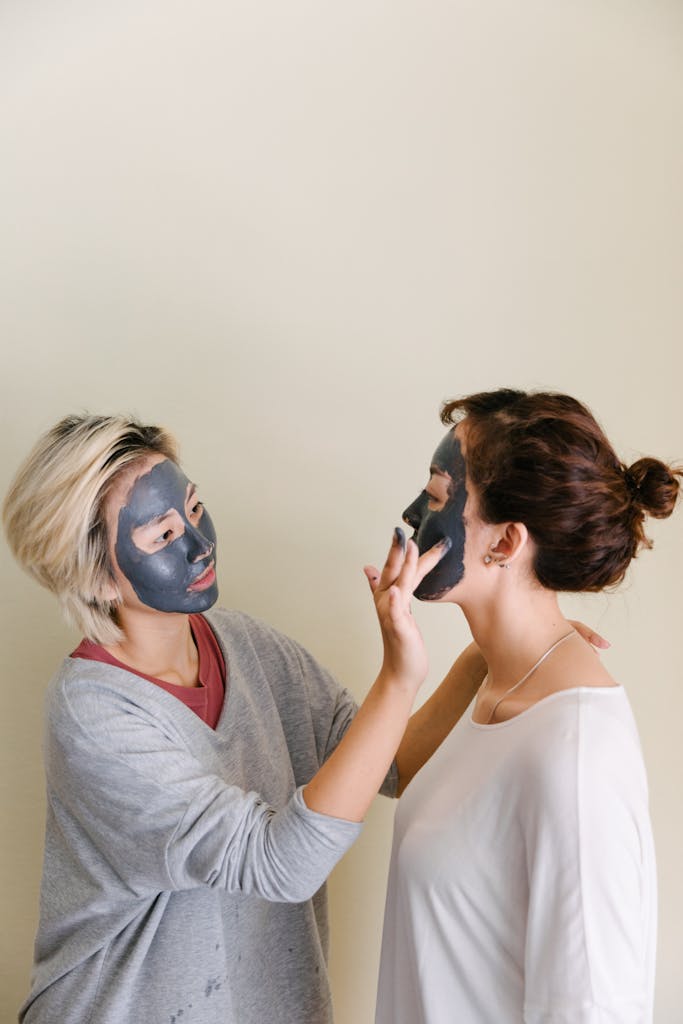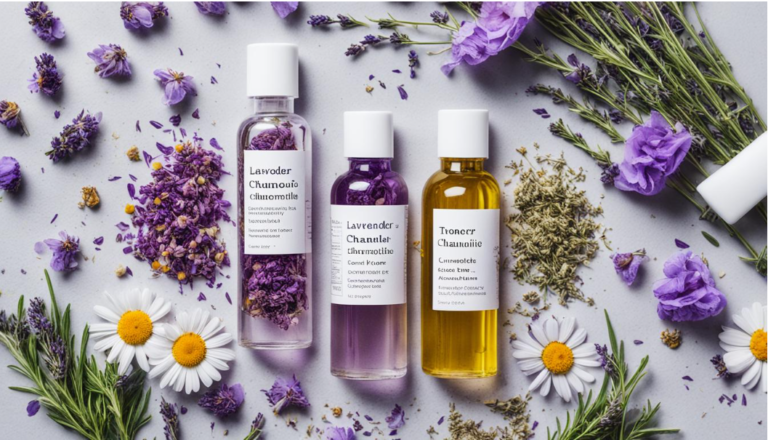DIY Rosewater Toner: A Natural Skincare Solution [2024 Guide]
Ever wonder why DIY rosewater toner has become such a hit in natural skincare routines? We’re here to take you through the basics and benefits of making this simple yet potent beauty product at home. Rosewater toner is loved for its hydrating, soothing, and anti-inflammatory properties. Using just a few ingredients, you can create a refreshing toner that helps balance your skin’s pH, tighten pores, and reduce redness.
With homemade rosewater toner, you’re not only saving money but also steering clear of the harsh chemicals often found in commercial products. Follow along to discover how you can easily whip up your own batch and give your skin the natural boost it deserves.
What is Rosewater Toner and Why Should You Use It?
Many skincare enthusiasts swear by rosewater toner for its numerous benefits. But what makes this floral elixir so special? Let’s break it down.
Definition of Rosewater Toner
Rosewater toner is a skincare product made from distilled rose petals. Its primary purpose is to cleanse and refresh the skin. Rosewater toner is often used after cleansing the face and before moisturizing to ensure that the skin is thoroughly clean and primed for the next steps in the skincare routine.
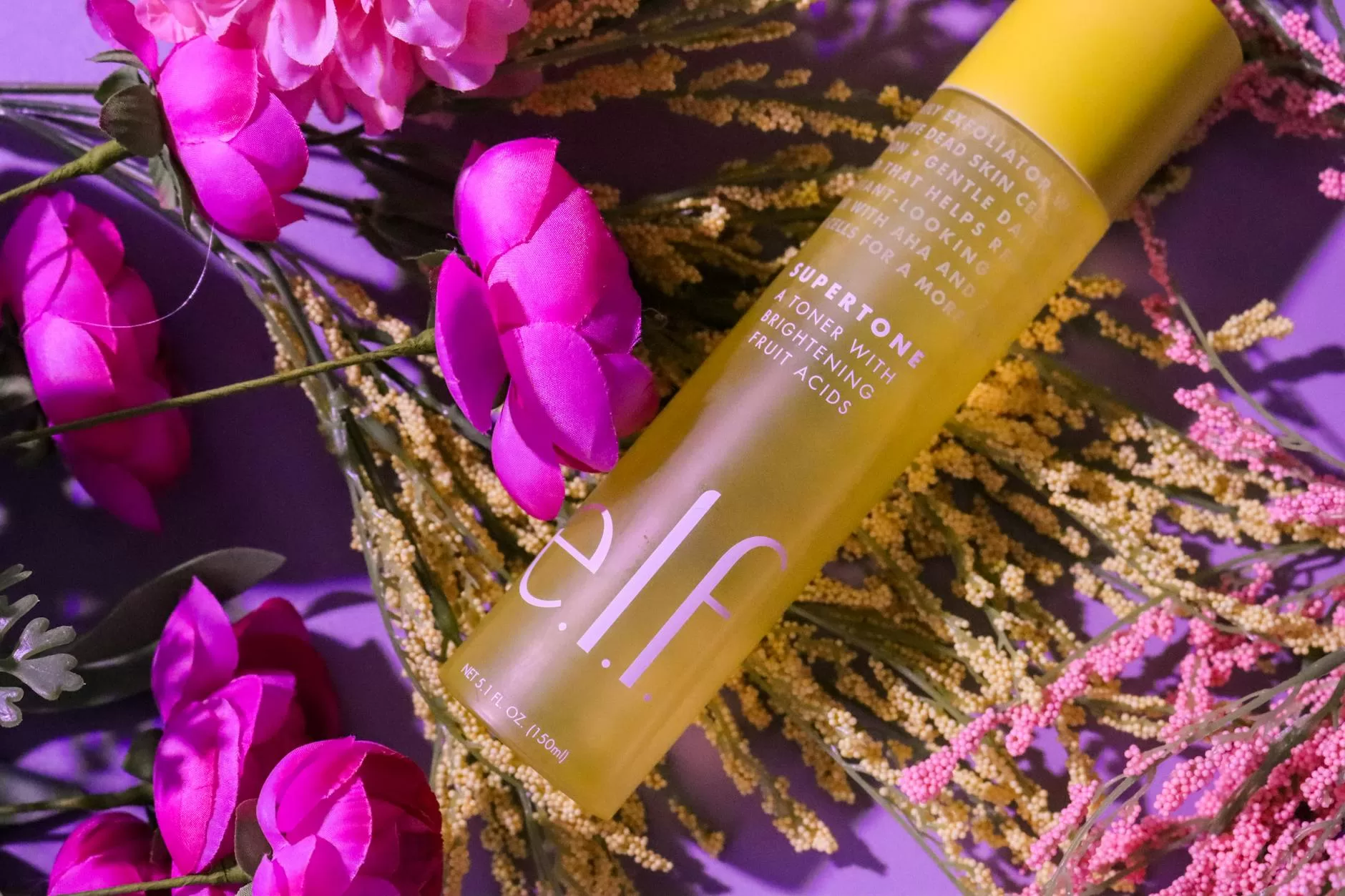
Photo by Victografi
Benefits for Skin Health and Appearance
Rosewater toner is packed with benefits that can improve both the health and appearance of your skin. Here are some of the key advantages:
- Hydration: Rosewater naturally attracts moisture, helping to keep the skin hydrated and refreshed.
- Soothing Properties: It helps to calm irritated skin, making it ideal for use after sun exposure or shaving.
- Antioxidant Rich: High in antioxidants, it can help to protect the skin from damage caused by free radicals.
- Anti-inflammatory: It can reduce redness and inflammation, making it a great choice for those with sensitive or acne-prone skin.
- Balancing pH: Helps in balancing the skin’s natural pH levels, which can be disrupted by cleansing.
For more information on the benefits of rosewater toner, check out Healthline’s detailed overview.
Comparison to Store-Bought Toners
When comparing DIY rosewater toner to store-bought options, there are a few things to consider:
- Ingredients: DIY rosewater toner typically contains fewer ingredients, often limited to just rosewater and possibly a preservative. In contrast, commercial toners might include alcohol, synthetic fragrances, and other chemicals.
- Customization: Making your own rosewater toner allows for customization based on your skin’s needs. You can add essential oils or other natural ingredients to enhance its benefits.
- Cost: A DIY rosewater toner is often more cost-effective than high-end store-bought versions.
To give you a clearer picture of how DIY rosewater toner stacks up against commercial products, let’s take a look at this comprehensive comparison:
Certainly! Here’s a comparison table of homemade rosewater toner versus commercial products:
| Aspect | Homemade Rosewater Toner | Commercial Rosewater Toner |
|---|---|---|
| Cost | $5-$10 per 8 oz (approx.) | $10-$30+ per 8 oz |
| Ingredients | • Rose petals • Distilled water • Optional: witch hazel, essential oils | • Rosewater • Preservatives • Fragrances • Alcohol (in some products) • Additional active ingredients |
| Purity | 100% natural, customizable | Varies; may contain synthetic ingredients |
| Shelf Life | 1-4 weeks (refrigerated) | 6-12 months (unopened) |
| Effectiveness | High (when made properly) | Varies by brand and formulation |
| Customization | Fully customizable | Limited to available products |
| Allergenic Risk | Lower (assuming known ingredients) | Higher (due to additional ingredients) |
| Time Investment | Requires preparation time | Ready to use |
| Eco-Friendliness | Low waste, reusable containers | Often uses single-use plastic packaging |
As we can see from this comparison, while commercial products offer convenience and longer shelf life, homemade rosewater toner provides a more cost-effective, customizable, and potentially purer alternative. This makes DIY rosewater toner an attractive option for those looking to take control of their skincare ingredients and reduce their environmental impact.
Here’s an insightful comparison of popular rosewater toners and their compositions: Reddit’s guide to rose water toners.
Suitable Skin Types for Rosewater Toner
Rosewater toner is generally suitable for all skin types, but it can be especially beneficial for:
- Sensitive Skin: Its soothing properties can help calm irritation and reduce redness.
- Oily Skin: Helps in balancing oil production and tightening pores.
- Dry Skin: Provides much-needed hydration and can help lock in moisture.
- Combination Skin: Can balance the different areas of the skin, ensuring optimal hydration and control of excess oil.
Discover more about how different skin types can benefit from rosewater toner here.
By incorporating rosewater toner into our skincare routine, we can take advantage of these myriad benefits and maintain healthy, glowing skin without breaking the bank.
Gathering Your DIY Rosewater Toner Ingredients
Creating your own rosewater toner is not only simple but also incredibly rewarding. Knowing exactly what goes into your skincare products can give you peace of mind and prevent any adverse reactions. Let’s take a closer look at what you’ll need to get started.
List of Necessary Ingredients
Before you embark on your DIY journey, gather all the essential ingredients for your rosewater toner. This ensures a smooth and hassle-free preparation process. Here’s what you’ll need:
- Fresh Rose Petals: Preferably organic and pesticide-free.
- Distilled Water: To avoid any impurities.
- Witch Hazel: Acts as a natural astringent and disinfectant.
- Essential Oils: Optional, but great for added benefits and fragrance.
- Preservatives: (Optional) If you want to extend the shelf life.
We recommend using fresh petals from roses such as damask or cabbage roses as they have strong aromas and are rich in beneficial oils.
DIY Rosewater Toner Ingredients
2 cups fresh rose petals (organic, pesticide-free)
2 cups distilled water
1/4 cup witch hazel (optional)
5-10 drops essential oil of choice (optional)
1/4 teaspoon vitamin E oil (optional, as a preservative)
Where to Source High-Quality Roses and Other Components
Finding high-quality roses and ingredients is crucial for making an effective rosewater toner. Organic roses are ideal to avoid unwanted chemicals. Here are some great sources:
- Local Farmers Markets: Often stock organic roses.
- Specialty Online Stores: Websites like Rose Farmers offer high-quality, fresh roses delivered to your doorstep.
- Home-grown Roses: If you have a garden, growing your own roses like those recommended here can ensure purity.
For other components like witch hazel and essential oils, health food stores and online marketplaces such as Amazon are reliable options.

Optional Add-Ins for Customization
Customizing your DIY rosewater toner can elevate your skincare routine. By adding a few extra ingredients, you can tailor the toner to better suit your needs:
- Aloe Vera Juice: Provides additional hydration and soothing effects.
- Vitamin E Oil: Adds extra protection against environmental damage.
- Lavender Essential Oil: Enhances the calming effects.
- Tea Tree Oil: Great for acne-prone skin due to its antibacterial properties.
Consider these options to make your toner truly unique. For more ideas, check out this DIY Rose Toner Recipe discussion.
Tools Needed for Preparation
To make the rosewater toner, having the right tools is essential. Gather the following items for a smooth and efficient process:
- A Large Pot: For boiling the rose petals.
- A Strainer or Cheesecloth: To filter the rosewater.
- Glass Spray Bottles or Jars: For storage.
- Measuring Cups and Spoons: For accurate measurements.
- Funnel: To avoid spills when transferring liquid.
Using the right tools ensures that your rosewater toner is made with precision and care. If you need detailed instructions, this guide on How to Make Rosewater and Rosewater Facial Toner is highly recommended.
By having your ingredients and tools ready, we can now move on to the actual process of creating your perfect DIY rosewater toner.
Step-by-Step Guide to Making Rosewater Toner
Creating your own rosewater toner at home can be both fun and rewarding. Imagine having a refreshing floral mist ready whenever your skin needs a boost! Here’s a comprehensive guide to making rosewater toner, from preparing the roses to storing your finished product effectively.
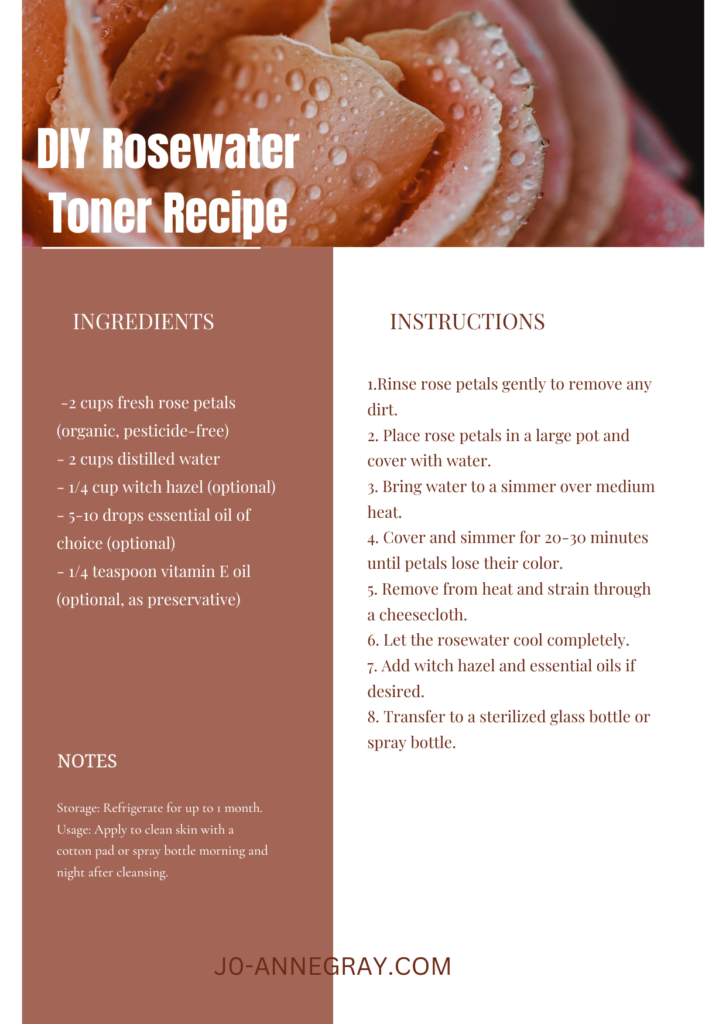
Preparing the Roses
The first step to creating a delightful rosewater toner is preparing the roses. Using fresh, organic roses ensures the purity of your toner.
- Select Organic Roses: Choose roses that are free from pesticides. This can often be found at farmers’ markets or specialty stores.
- Wash Thoroughly: Rinse the petals gently to remove any dirt or residue.
- Pluck the Petals: Carefully remove the petals from the roses, ensuring no stem or leaf gets mixed in.
Preparing the roses with care sets the foundation for a high-quality toner.
Distillation Process (Traditional Method)
If you have some time to spare, the traditional distillation method can yield a potent and aromatic rosewater. This process captures the essential oils and subtle fragrance of the petals.
- Boil the Petals: Place the rose petals in a large pot and cover them with distilled water.
- Simmer: Bring the water to a gentle simmer (not a full boil) and cover with a lid.
- Capture the Steam: Place a heat-safe bowl inside the pot to collect the condensed steam.
- Cool and Store: Once cooled, transfer the collected rosewater into sterilized glass bottles.
This method ensures you extract the maximum benefits from the roses.
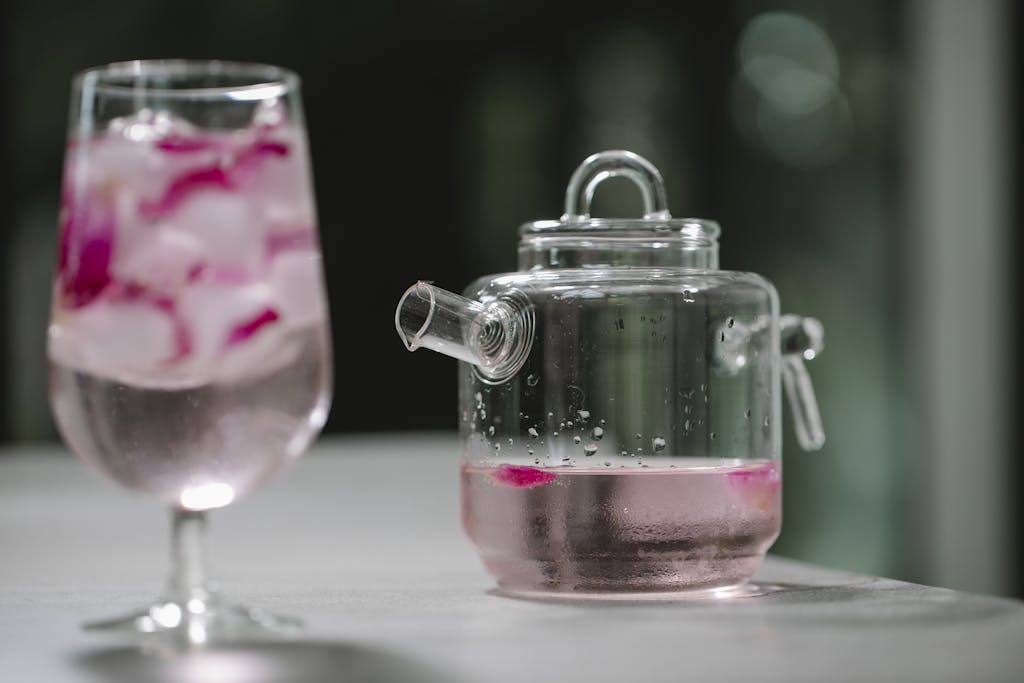
Quick Method for Busy Beauty Enthusiasts
For those of us short on time, a quicker method can still provide a beautifully effective rosewater toner.
- Heat Water and Petals: Add rose petals and water to a saucepan and heat until the water starts to steam.
- Strain: Remove from heat and strain the petals using a fine mesh strainer or cheesecloth.
- Cool and Transfer: Let the rosewater cool completely before transferring to a spray bottle or jar.
This method is perfect when you’re in a rush but still want to indulge in a homemade toner.
Proper Storage Techniques
Storing your rosewater toner properly is crucial for maintaining its freshness and efficacy.
- Use Dark Glass Bottles: These protect the rosewater from light exposure, which can degrade its quality.
- Refrigerate: Keeping the toner in the fridge extends its shelf life and offers a cooling sensation upon application.
- Label and Date: Always label your bottles with the preparation date. Homemade rosewater typically lasts about a week but can last up to a month with proper preservatives.
Proper storage ensures that your rosewater toner remains fresh and effective for as long as possible.
By following these steps, we can easily create a luxurious rosewater toner right at home. For a more detailed guide and alternative methods, check out this in-depth article.
How to Incorporate Rosewater Toner into Your Skincare Routine
Incorporating rosewater toner into our skincare routines can transform our daily regimen, providing hydration, soothing irritation, and giving our skin a natural glow. Here’s how we can maximize its benefits.
Best Time to Apply Rosewater Toner
The best time to apply rosewater toner is right after cleansing our face. This is because the toner helps to remove any remaining impurities and preps the skin for further treatments. Morning and evening applications are most effective:
- Morning: Rosewater toner can wake up our skin, leaving it refreshed and ready to face the day. Its hydrating properties also create a smooth base for makeup.
- Night: Applying rosewater toner at night helps to soothe and calm the skin after a long day, promoting a restful and regenerative sleep for our skin.
For further insights on timing, check out this guide on fitting rosewater toner into your routine.
Application Techniques for Maximum Benefits
Proper application techniques can significantly increase the benefits of rosewater toner. Here’s how we can make the most out of each spritz or swipe:
- Spray Application: Using a spray bottle, lightly mist the rosewater toner onto the face. This method is gentle and evenly distributes the toner.
- Cotton Pad Application: Pour a small amount of toner onto a cotton pad and gently swipe it across the face, focusing on areas prone to oil and impurities.
- Hands Application: Pour a few drops of toner into the palms and gently pat it onto the face for a more direct and less wasteful approach.
Check this article for more tips on effective application techniques.
Frequency of Use for Different Skin Types
The frequency of using rosewater toner can vary depending on our skin type:
- Oily Skin: Twice daily can help control excess oil and keep the skin balanced.
- Dry Skin: Once daily or as needed to provide hydration without over-drying.
- Sensitive Skin: Every other day or as a soothing mist when the skin feels irritated.
- Combination Skin: Adjust usage depending on specific needs; generally safe for daily use.
It’s essential to listen to our skin and adjust accordingly. Overuse can lead to irritation, even with a gentle product like rosewater toner. Get more info on optimal use here.
Combining with Other Skincare Products
Rosewater toner pairs well with various skincare products, enhancing their effects and creating a cohesive routine:
- Moisturizers: Apply rosewater toner before moisturizer to lock in hydration.
- Serums: Toner preps the skin, allowing better absorption of active ingredients in serums.
- Sunscreen: Use toner first to ensure skin is clean and balanced, providing a smooth canvas for sunscreen.
- Exfoliants: Follow gentle exfoliating products with rosewater toner to soothe and refresh the skin.
Ensure compatibility with your existing products by doing a patch test or consulting with a dermatologist if you have sensitive skin. For more on combining products, see this discussion on mixing skincare products.
 Photo by Ray Piedra
Photo by Ray Piedra
Incorporating rosewater toner into our skincare routine requires a bit of strategy and knowledge, but the results—a refreshed, balanced, and glowing complexion—are well worth the effort.
Troubleshooting Common DIY Rosewater Toner Issues
Making your own rosewater toner can be a wonderful and satisfying project, but sometimes things go wrong. Let’s address some common issues and how we can fix them.
Dealing with Discoloration
When we notice that our rosewater toner has changed color, it can be concerning. Fresh rosewater typically has a pale pink hue, but several factors can cause discoloration.
- Oxidation: Exposure to air can lead to oxidation, changing the color of the toner.
- Contaminants: Bacteria or contaminants entering the toner can discolor it.
- Quality of Roses: Non-organic or older rose petals can alter the color.
Solution:
- Store Properly: Always use dark glass bottles and keep the toner in the refrigerator to slow down oxidation.
- Use Fresh Ingredients: Ensure all ingredients, especially the rose petals, are fresh and organic.
- Sterilize Tools and Containers: To avoid contamination, sterilize all tools and containers before use.
Extending Shelf Life
DIY rosewater toner doesn’t contain preservatives, which can limit its shelf life. Here’s how we can extend it.
- Refrigeration: Keeping the toner cool can extend its usability.
- Adding Preservatives: Natural preservatives like Vitamin E oil can be helpful.
- Small Batches: Make smaller batches to ensure it doesn’t sit unused for too long.
Solution:
- Store in the Fridge: This not only extends shelf life but feels refreshing upon application.
- Add Preservatives: Natural options like Vitamin E oil can add a bit more shelf life.
- Limit Exposure: Use a small, clean spoon or dropper to take out the toner to reduce contamination.
Adjusting Fragrance Strength
The scent of rosewater can vary, leading to issues with the fragrance being too strong or too faint for our liking.
- Too Strong: If the fragrance is overwhelming, it could irritate the skin.
- Too Faint: A faint fragrance might not provide the sensory experience we desire.
Solution:
- Dilute: If the fragrance is too strong, dilute the toner with more distilled water.
- Enhance Naturally: Add a few drops of essential oils to strengthen a weak fragrance. Consider using complementary scents like lavender or chamomile for added benefits.
Addressing Skin Sensitivities
Sometimes, despite our best efforts, the toner can cause skin reactions, especially in sensitive skin types.
- Redness and Irritation: This can be due to a reaction to the rose petals or other added ingredients.
- Allergies: Allergies to specific compounds in roses or added essential oils can flare up skin issues.
- pH Imbalance: If the pH of the toner is too high or low, it may irritate the skin.
Solution:
- Patch Test: Always do a patch test before using the toner on your face.
- Adjust Ingredients: If skin sensitivity occurs, try using only rosewater without any added essential oils.
- Check pH Levels: Use pH strips to ensure the toner is balanced, ideally around a pH of 5.5.
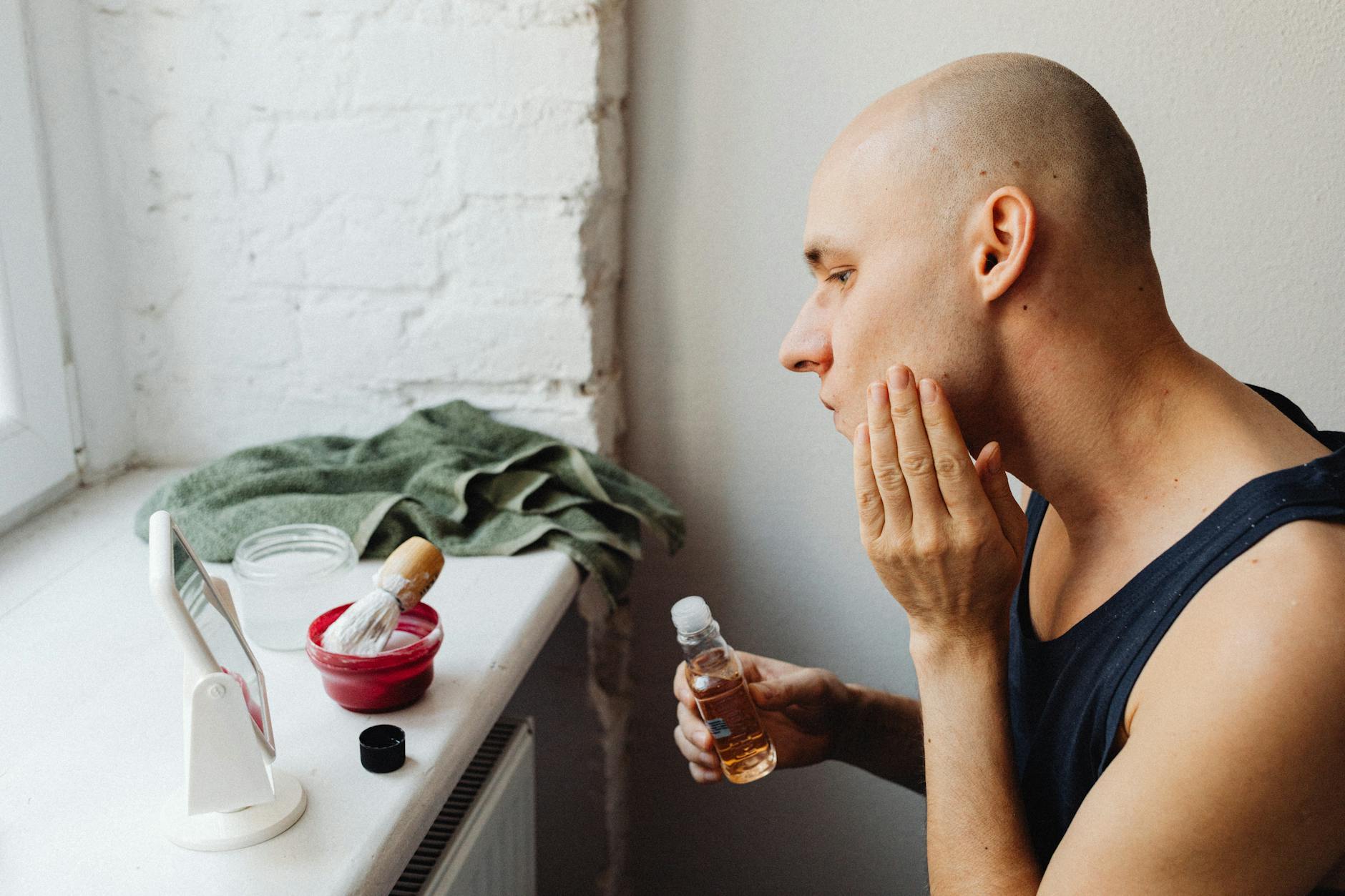
Photo by Karolina Kaboompics
When we encounter these common issues with our DIY rosewater toner, don’t get discouraged! With a few tweaks and proper handling, we can enjoy the full benefits of this refreshing and natural skincare solution.
Conclusion
By creating our own DIY rosewater toner, we harness the power of natural skincare without the need for expensive store-bought products. The benefits are clear: hydration, soothing inflammation, balancing pH levels, and offering antioxidant protection. We gain control over the ingredients, ensuring they are fresh and chemical-free.
We encourage anyone interested in enhancing their skincare routine to try making their own rosewater toner. Share your experiences with us or ask any questions you might have. Embrace the simplicity and effectiveness of this natural beauty solution. Your skin will thank you.
FAQ
Frequently Asked Questions About Rosewater Toner
Is rosewater toner suitable for all skin types?
Rosewater toner is generally suitable for all skin types. It’s particularly beneficial for sensitive, dry, and combination skin due to its gentle and hydrating properties. However, those with very oily skin may prefer a toner with more astringent properties.
How often should I use rosewater toner?
Most people can use rosewater toner twice daily, once in the morning and once at night, after cleansing. However, if you have sensitive skin, you might want to start with once a day and increase as your skin adjusts.
Can rosewater toner help with acne?
While not a cure for acne, rosewater has anti-inflammatory properties that may help soothe acne-prone skin. It can also help balance the skin’s pH, which can create an environment less conducive to acne-causing bacteria.
How long does homemade rosewater toner last?
Without preservatives, homemade rosewater toner typically lasts about 1-2 weeks when refrigerated. Adding a natural preservative like vitamin E oil can extend this to about a month.
Can I use rosewater toner if I have rosacea?
Rosewater’s anti-inflammatory properties may be beneficial for rosacea-prone skin. However, it’s always best to patch test first and consult with a dermatologist before introducing new products to sensitive skin conditions.
Is it safe to use rosewater toner around the eyes?
Yes, rosewater is generally safe to use around the eye area. Many people find it soothing for tired eyes. However, be careful not to get it directly in your eyes.
Can I use rosewater toner if I’m pregnant?
Pure rosewater is generally considered safe during pregnancy. However, if you’ve added essential oils to your toner, consult with your healthcare provider as some essential oils are not recommended during pregnancy.
Will rosewater toner interfere with my other skincare products?
Rosewater toner is typically very gentle and should not interfere with most skincare products. In fact, it can help enhance the absorption of products applied after it. However, always patch test when combining new products.
Can I use any type of roses to make rosewater toner?
While you can use any fragrant roses, it’s best to use organic roses that haven’t been treated with pesticides. Damascus roses are traditionally used for rosewater due to their strong fragrance.
Are there any side effects of using rosewater toner?
Rosewater is generally very safe and side effects are rare. However, some people may experience mild irritation or allergic reactions. Always do a patch test before using it on your face, especially if you have sensitive skin.


